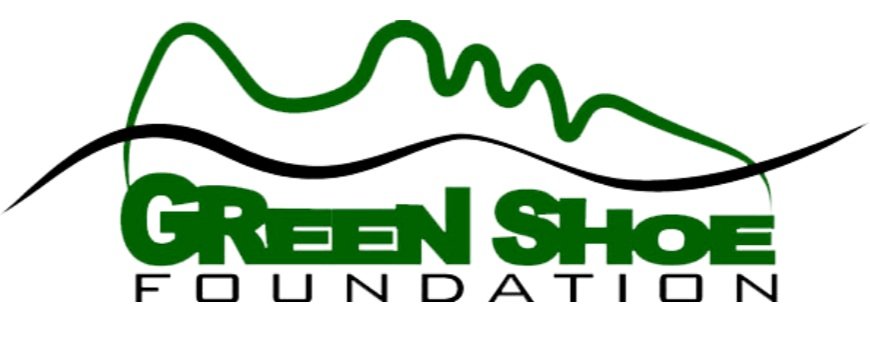Generational Trauma
Sometimes the transmission of generational trauma is genetic and sometimes it is reinforced or transferred through behavioral patterns that are both observed and/or taught. The learned responses and defenses generated during traumatic experiences such as abuse (physical, sexual, or emotional), financial failure, war experiences, divorce, abandonment, neglect, unexpressed grief, and other experiences can be transferred to the next generation as though it were experienced by that generation.
These experiences inform the nervous system of information that is needed to survive traumatic events. This does not necessarily mean it is a cognitive awareness, but rather our nervous system has acquired information that it has learned to be in response to for survival and/or protection. Rachel Yehuda has conducted research regarding the impact and influence of the epigenetic inheritance of generational trauma and I will include a link to an interview with her where she speaks about this research.
When an individual experiences a traumatic event that they have been unable to process and heal from that experience, the epigenetic information can be transmitted to the next generation in a diluted form. This means we as individuals may experience trauma responses to which we do not have a story as it was not part of our personal experience, but rather it is information that our nervous system holds and accesses to help us survive and/or protect us from future harm or trauma. One problem is that when this occurs it is decontextualized, and we do not have a story for why it is occurring, and it may present itself at a time when the response does not appear to fit the current environment or situation.
These messages get stored in our vagus or wandering nerve. This nerve is in direct communication with a part of our brain that is responsible for survival and protection and does not utilize our cognitive mind for these purposes. When this nerve activates there can be a physical sensation of constriction or relaxing as the body is in a state of preparing to survive and protect us or relaxing in response to a current sense of safety. So, trauma not only impacts our thinking but also our bodies. “Or bodies exist in the present. To your thinking brain, there is past, present, and future, but to a traumatized body there is only now. That now is the home of intense survival energy” (Menakem, 2021). It is critical that we become aware of and work with our bodies to heal from trauma, whether it is our own or generational.
During the Green Shoe retreats, we address relational traumas and the impacts of carried shame. This carried shame can shut us down and shut down our spontaneity and our authenticity. In many ways, it can also act as a wall that separates us from conscious and unconscious awareness of how trauma has impacted our bodies and thus how we engage with the world our bodies exist within. During the retreat week, we often ask participants where in their body given emotions and activated memories exist and with what sensation.
Working to break the impacts of carried shame also assists in accessing a deeper awareness of our bodies and what information the body is trying to share with us in each moment. We can inherit survival information directly from our biological parents as it relates to their unresolved traumas, but also from collective traumas such as surviving a natural disaster or an event in which several people are witness to or subject to a traumatic event. The way our bodies respond to trauma or reminders of trauma is reflexive and thus can happen incredibly fast. It is crucial for us to begin to have a deeper awareness of our bodies and how they respond in different environments, situations, and relationships for us to be authentically present and not in a reflexive pattern of survival and protection from future harm. This is not to say that we need to turn off awareness of stimuli in our environment, but rather to be aware of what is an actual threat versus a perceived or memory of threat.
An important aspect to remember in the healing process is that the responses our bodies have either inherited or learned for survival are not set in stone and are very individual in the ways that trauma responses both form and manifest. There is resilience after trauma! Consider a Green Shoe retreat as a part of your healing journey. There are numerous resources that can be helpful along the healing journey whether that be speaking with a trained professional who has also done their own personal healing work, reading current studies, implementing good self-care, tapping into a spiritual connection and/or community, doing bodywork such as yoga or somatic experiencing, and giving ourselves the grace and compassion for the human moments we experience along the journey.

